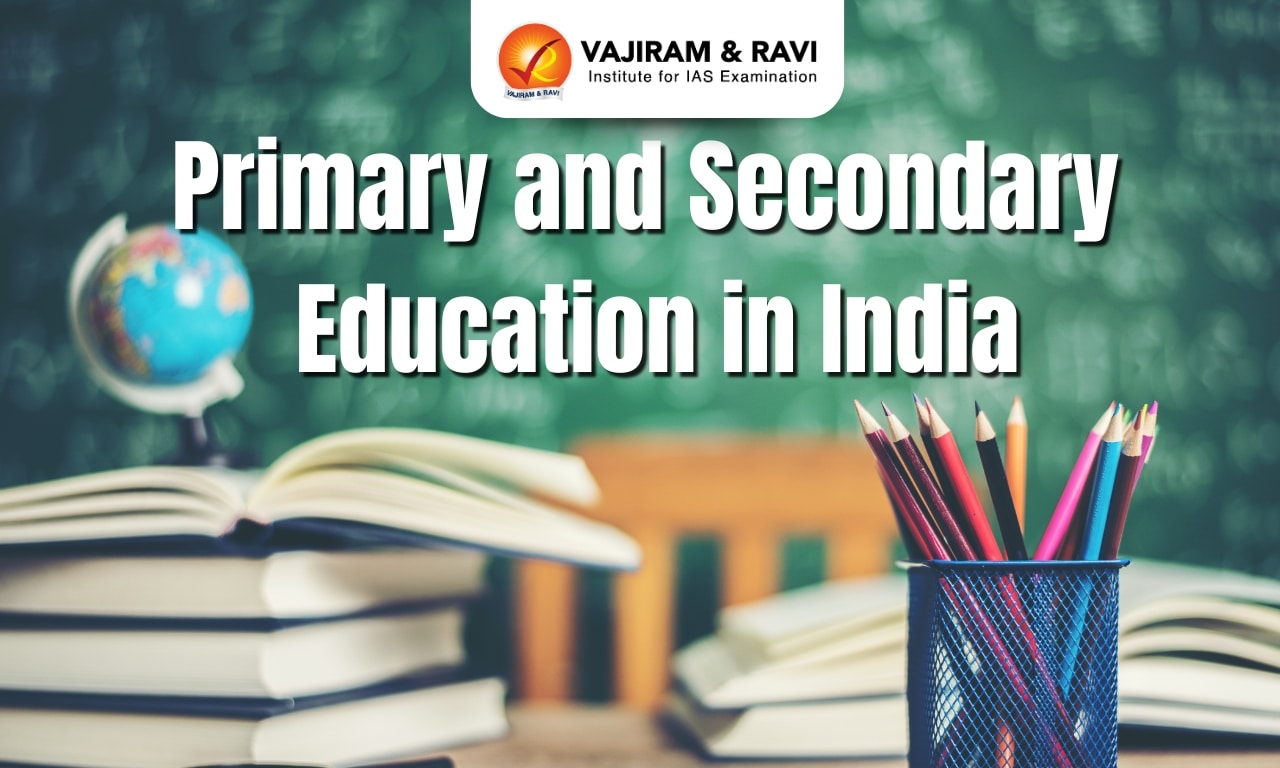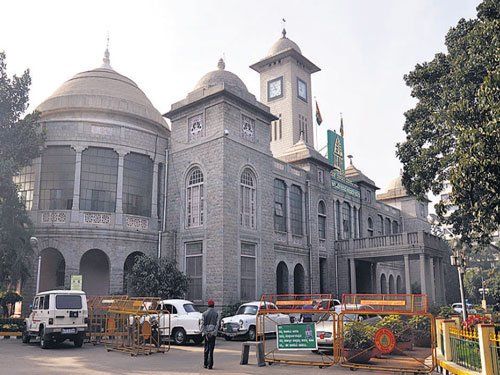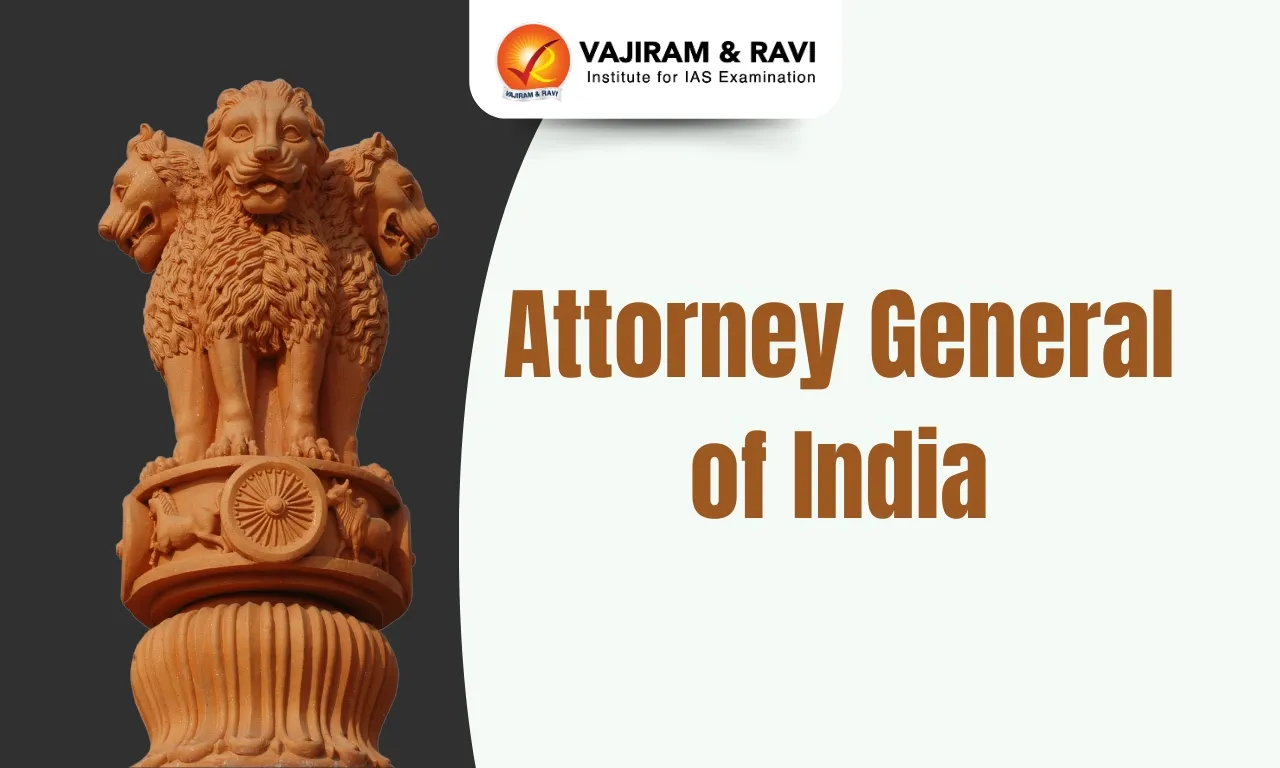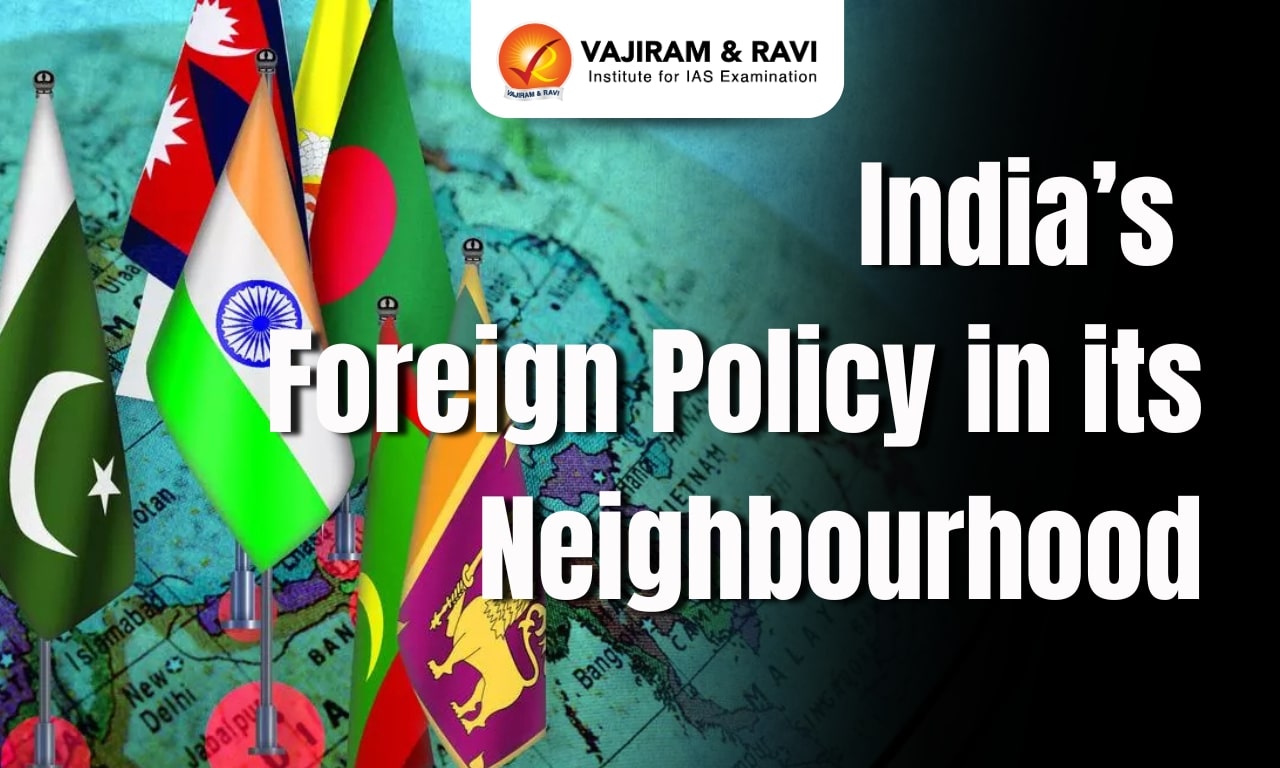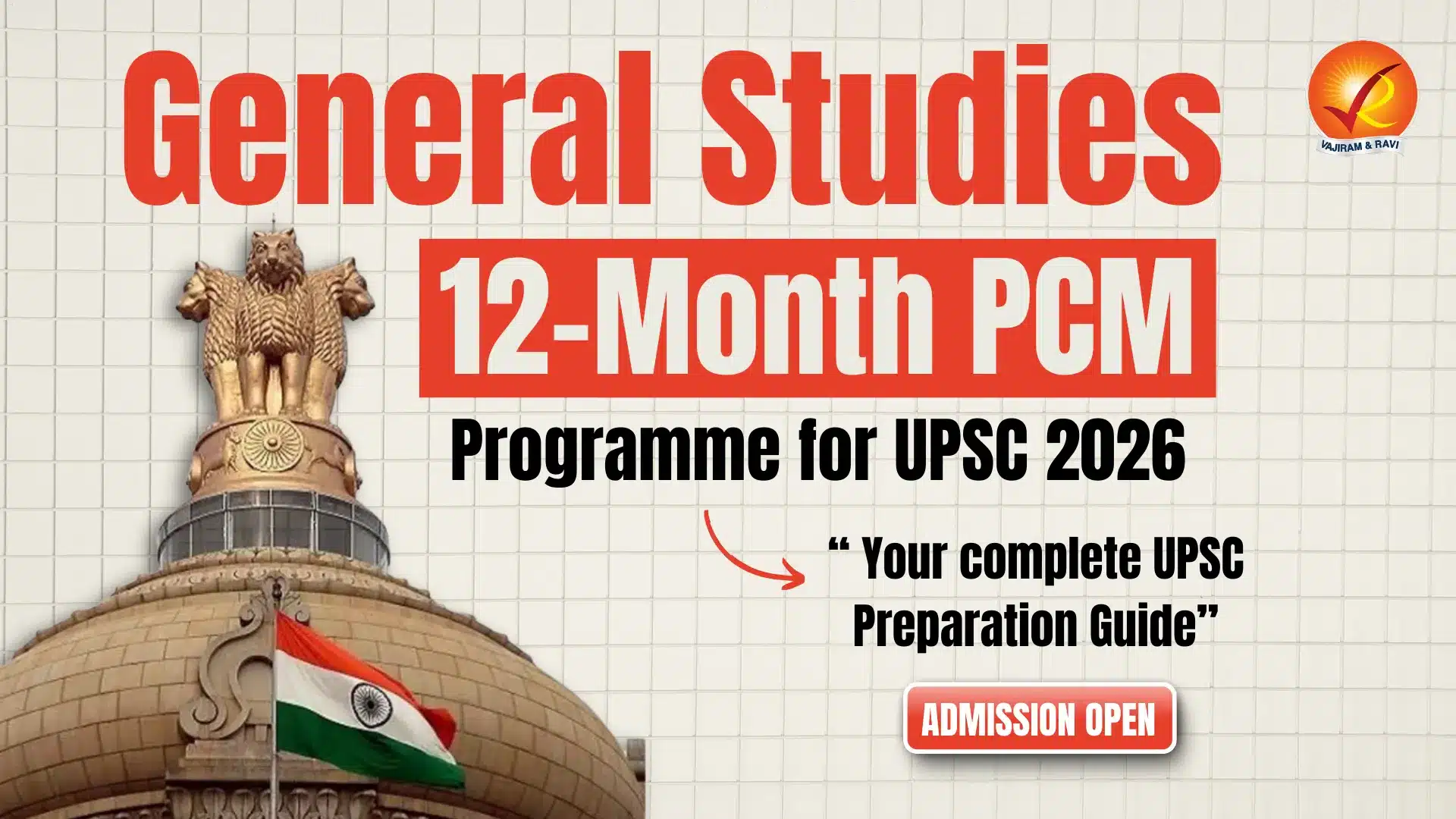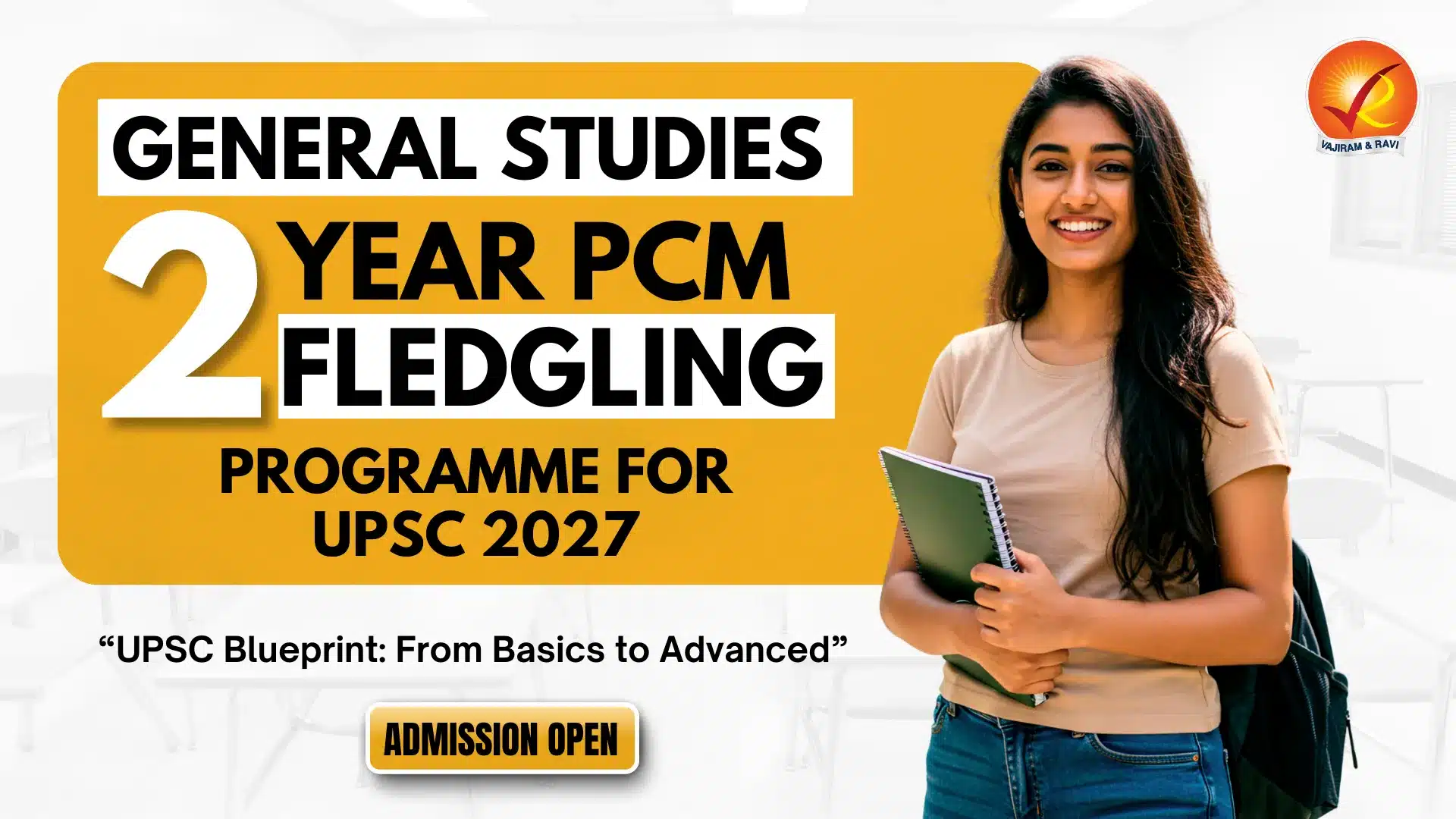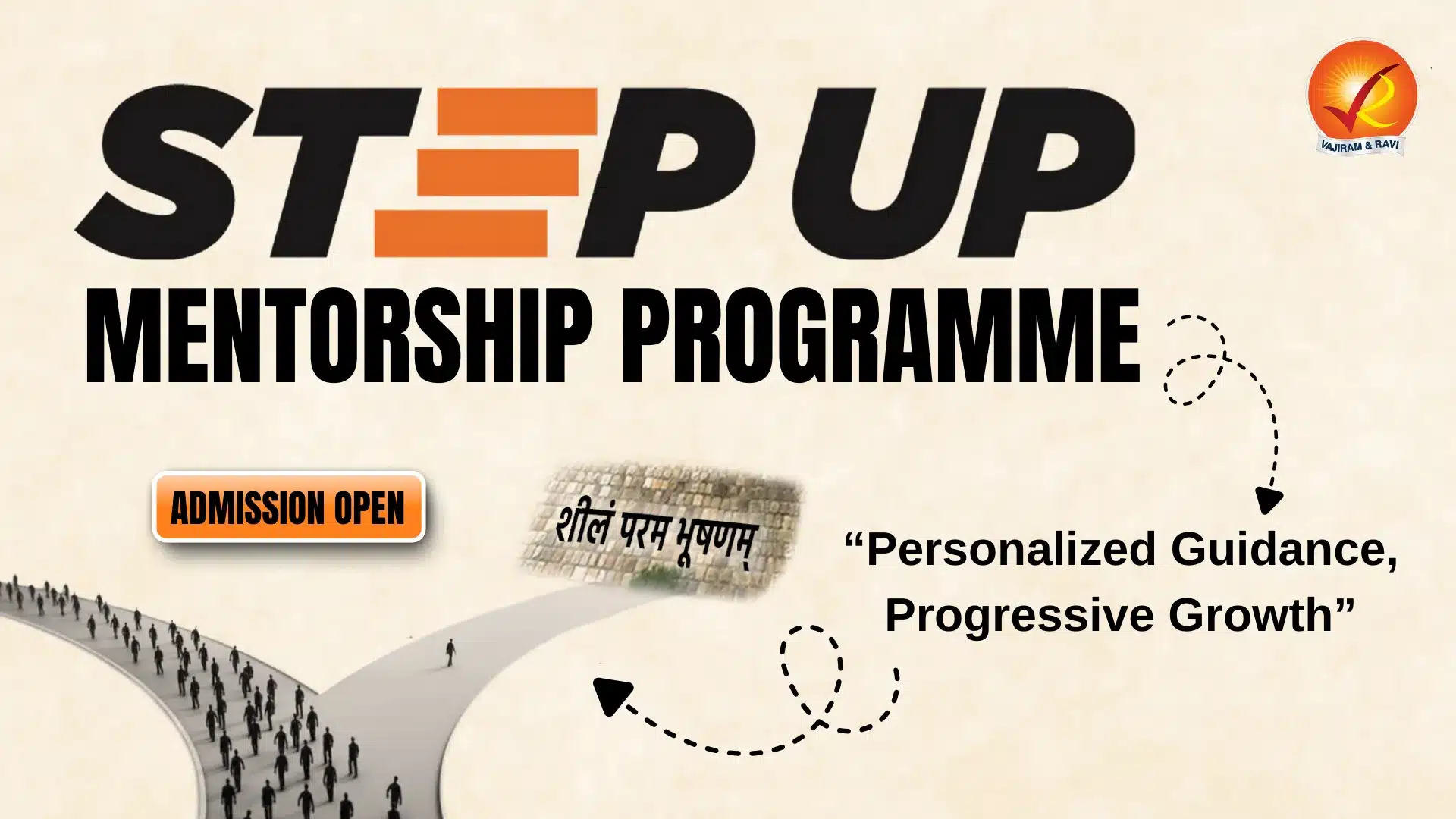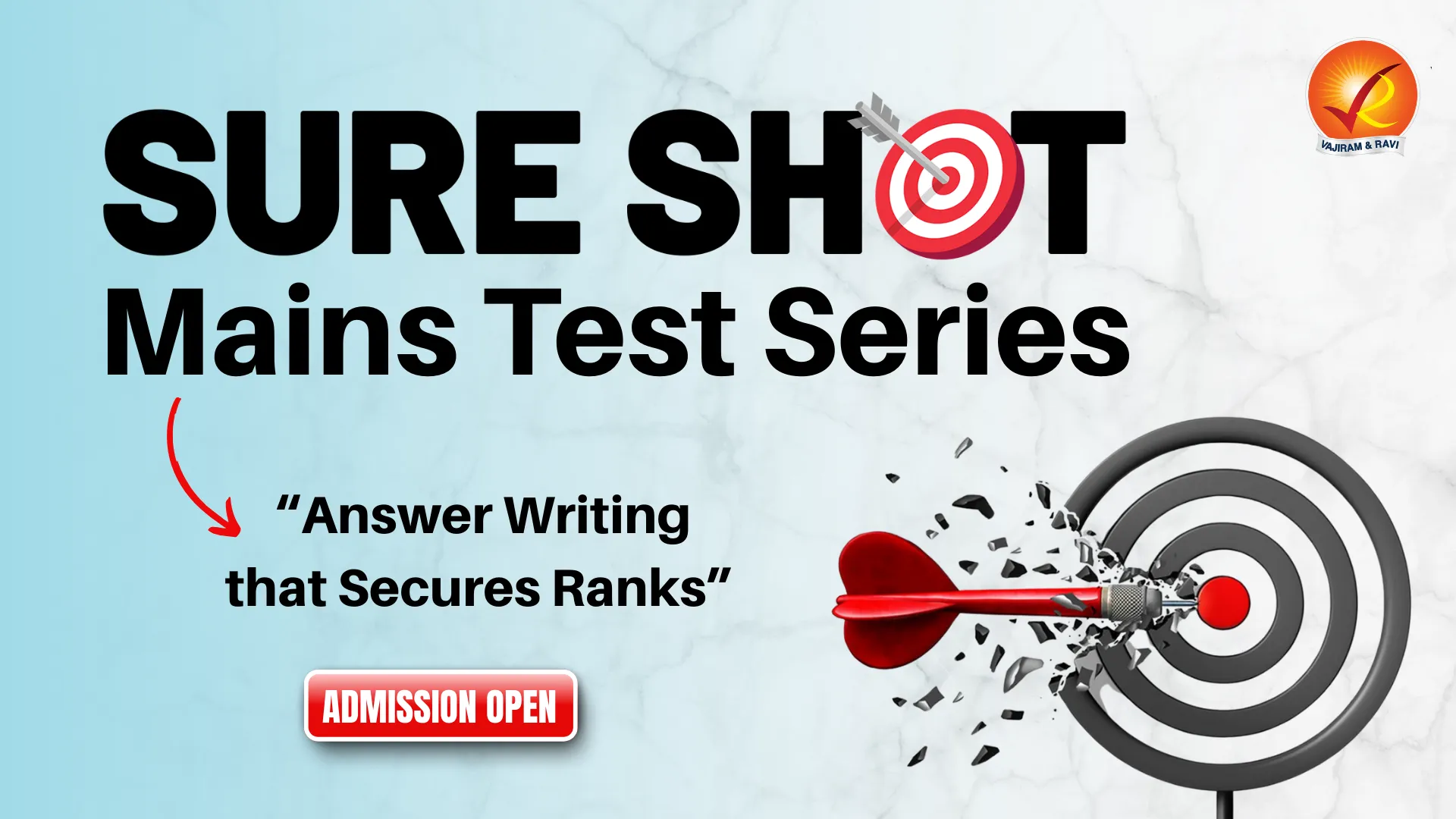How is the primary and secondary school education system in India organized?
In India, the central and state boards of school education follow the “10+2” education system pattern. This “10+2” system consists of Primary, Secondary, and Senior Secondary Education. This education system in India is based on the recommendations of the Kothari Commission (1964-66).| Division | Characteristics |
| Pre-primary education |
|
| Primary education (or elementary education) |
|
| Secondary education |
|
What is the status of primary and secondary education in India?
| Total Enrolment- primary to higher secondary education (UDISE+ Report) | 26.52 crores ( 2021-22)
|
| Dropout rate- primary education (UDISE+) | 1.45% ( 2021-22) |
| Dropout rate- upper primary education (UDISE+) | 3.02% ( 2021-22) |
| Teacher Pupil Ratio- primary education (Ministry of Education) | 26.3 (2020-21) |
| Teacher Pupil Ratio- upper primary education (Ministry of Education) | 18.9 ( 2020-21) |
| Children age 5 years who attended pre-primary school during the school year 2019-20 ( NFHS-5) | 13.6% ( 2019-21) |
What is the institutional framework for primary and secondary school education in India?
| Regulatory Body | Functions |
| Central Advisory Board of Education (CABE) |
|
| National Council of Educational Research and Training (NCERT) |
|
| State Council of Educational Research and Training (SCERT) |
|
| Central Board of Secondary Education (CBSE) |
|
| National Council for Teacher Education |
|
What are the various government initiatives for primary and secondary education in India?
- Samagra Shiksha
- Overarching programme for the school education sector which subsumes the three schemes of
- Sarva Shiksha Abhiyan (SSA)
- Rashtriya Madhyamik Shiksha Abhiyan (RMSA)
- Teacher Education (TE)
- Objective: To support states and UTs in implementing the recommendations of the National Education Policy 2020 and Right of Children to Free and Compulsory Education (RTE) Act, 2009.
- Overarching programme for the school education sector which subsumes the three schemes of
- PM-POSHAN (Previously known as Mid-day Meals Scheme)
- Centrally Sponsored Scheme ‘Pradhan Mantri Poshan Shakti Nirman’ (PM POSHAN) is for providing one hot cooked meal in Government and Government-aided Schools.
- Beneficiaries: Children of pre-schools and the children of classes I to VIII.
- Mahila Samakhya programme
- To empower rural women from socially and economically marginalized groups through education.
- Major beneficiaries: SC/ST women, women belonging to landless and marginalized families, who are engaged in wage labor.
- Scheme for Providing Quality Education in Madrasas (SPQEM)
- It seeks to bring about qualitative improvement in Madrasas to enable Muslim children to attain standards of the National education system in formal education subjects.
- NIPUN Bharat (under Samagra Shiksha)
- National Initiative for Proficiency in Reading with Understanding and Numeracy (NIPUN Bharat) is launched to ensure that every child in the country. necessarily attains foundational literacy and numeracy (FLN) by the end of class 3 by 2026-27.
- It will focus on providing access to and retaining children in foundational years of schooling and teacher capacity building.
- NISHTHA (under Samagra Shiksha)
- A capacity-building programme for "Improving Quality of School Education through Integrated Teacher Training".
- Aim: To build competencies among all the teachers and school principals at the elementary stage through massive training programmes to encourage and foster critical thinking in students.
- PM e-VIDYA
- The scheme unifies all efforts related to digital/online/on-air education to enable coherent multi-mode access to education. The components are
- DIKSHA platform - ‘one nation-one digital education’
- Swayam Prabha TV channels
- Swayam - MOOCs platform for free E-Learning.
- Radio and community radio.
- The scheme unifies all efforts related to digital/online/on-air education to enable coherent multi-mode access to education. The components are
- STARS Program
- The Government of India and the World Bank signed a $500 million Strengthening Teaching-Learning and Results for States Program (STARS) to improve the quality and governance of school education in six Indian states - Himachal Pradesh, Kerala, Madhya Pradesh, Maharashtra, Odisha, and Rajasthan.
- To be implemented as a new Centrally Sponsored Scheme under the Department of School Education and Literacy (DoSEL).
- Envisions to improve the overall monitoring and measurement activities in the Indian school education system through interventions in selected states.
- Schools under the Central Government
- There are 1,740 schools (Kendriya Vidyalayas 1,092, Jawahar Navodaya Vidyalayas 586, and Central Tibetan Schools 62) with an enrollment of about 13 lakh students.
What are the challenges and issues of the primary and secondary education system in India?
- Issues with access: Despite the Right to Education act, there are still approximately 8.1 million children between the ages of 6-13 years who are out of school, according to a report by UNESCO.
- Regional disparities: There is a significant rural-urban divide in access to school education.
- A study by NSO revealed that the percentage of children attending pre-primary schools was only 11.4% in rural areas, compared to 27.6% in urban areas.
- Social and cultural barriers: Children from marginalized communities often face discrimination and prejudice, making it difficult for them to access quality education.
- According to a 2018 report by Oxfam India, almost 40% of Indian children from marginalized communities are out of school.
- Gender Inequality: Despite various government initiatives to promote girls' education, gender disparities persist in schools.
- According to UNESCO's 2020 Education for All Global Monitoring Report, the female literacy rate in India is 70.3%, while the male literacy rate is 84.7%.
- Inadequate funding: The most pressing problem is the unavailability of money or inadequate funding of school education in India.
- The Samagra Shiksha scheme, which is expected to be the major driver behind reversing learning losses, has registered a mere hike of 0.18%, with the allocation of Rs 37,453 crore in 2023-24.
- Issues with the quality of education: The quality of education remains a major challenge in India.
- A 2018 report by the Annual Status of Education Report (ASER) found that only 50.3% of class 5 students in government schools could read class 2 level texts.
- Lack of trained and dedicated teachers: There is a substantial shortage of teachers in the system. Also, the quality of teaching has declined due to corruption and lack of proper training.
- According to the Annual Status of Education Report 2020, around 20% of rural schools in India have only one teacher for all grades, leading to inadequate attention and instruction to students.
- Lack of adequate infrastructure: Many schools, especially government schools, lack proper infrastructure, including classrooms, furniture, labs, libraries, playgrounds, urinals, and safe drinking water.
- Low emphasis on practical training: Many schools lack practical training, lacking proper labs, instruments, and staff, resulting in students lacking practical knowledge and being unable to find suitable employment.
- Lack of participation by all stakeholders in education: Lack of cooperation between students, teachers, parents, and government is leading to poor performance in government schools, and this is causing students to shift to private schools.
What measures could help towards a better primary and secondary education ecosystem in India?
- Better training of Teachers: Training teachers effectively can lead to a better quality of education in schools by equipping them with updated knowledge, skills, and pedagogical strategies, which can enhance their teaching practices and ultimately benefit students' learning outcomes.
- Introduction of technology: Technology has the potential to enhance the quality of education by providing students with innovative tools and resources that can help them learn more effectively and efficiently.
- Decentralization and greater local autonomy: Decentralizing school management to local authorities and school boards with parent representation ensures accountability and improves daily functioning.
- Planning for school infrastructure: Ensuring adequate land for schools is crucial. Urban planning and local development plans must consider the physical needs of schools, including playgrounds and facilities.
- Reforms in the curriculum and examination system: Curriculum reform is crucial in improving education, making it more relevant and focusing on comprehension, communication, and independent knowledge access instead of rote learning.
- Special focus on disadvantaged groups: Such as girls, SCs, STs, religious minorities, wards of migrants, working children, and differently-abled, to make sure that quality school education is available, accessible, and affordable to them.
Last updated on December, 2025
→ Check out the latest UPSC Syllabus 2026 here.
→ Join Vajiram & Ravi’s Interview Guidance Programme for expert help to crack your final UPSC stage.
→ UPSC Mains Result 2025 is now out.
→ UPSC Notification 2026 is scheduled to be released on January 14, 2026.
→ UPSC Calendar 2026 is released on 15th May, 2025.
→ The UPSC Vacancy 2025 were released 1129, out of which 979 were for UPSC CSE and remaining 150 are for UPSC IFoS.
→ UPSC Prelims 2026 will be conducted on 24th May, 2026 & UPSC Mains 2026 will be conducted on 21st August 2026.
→ The UPSC Selection Process is of 3 stages-Prelims, Mains and Interview.
→ UPSC Result 2024 is released with latest UPSC Marksheet 2024. Check Now!
→ UPSC Prelims Result 2025 is out now for the CSE held on 25 May 2025.
→ UPSC Toppers List 2024 is released now. Shakti Dubey is UPSC AIR 1 2024 Topper.
→ UPSC Prelims Question Paper 2025 and Unofficial Prelims Answer Key 2025 are available now.
→ UPSC Mains Question Paper 2025 is out for Essay, GS 1, 2, 3 & GS 4.
→ UPSC Mains Indian Language Question Paper 2025 is now out.
→ UPSC Mains Optional Question Paper 2025 is now out.
→ Also check Best IAS Coaching in Delhi
Primary and Secondary Education in India FAQs
Q1. What is the Navodaya Vidyalaya Scheme?+
Q2. What are Eklavya Model Residential Schools (EMRS)?+



